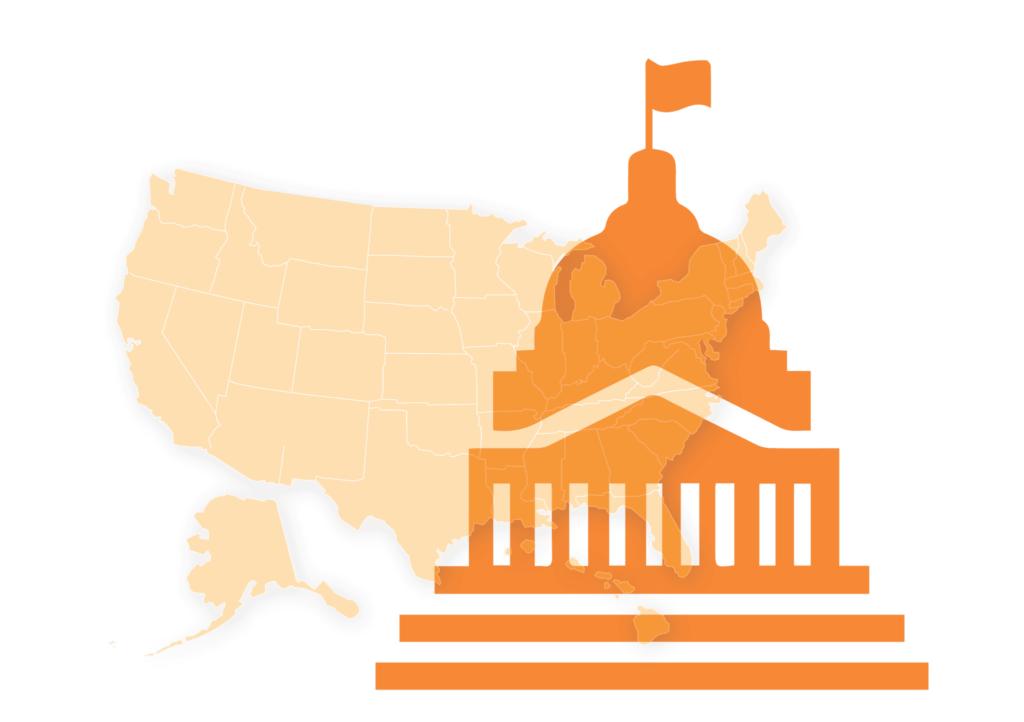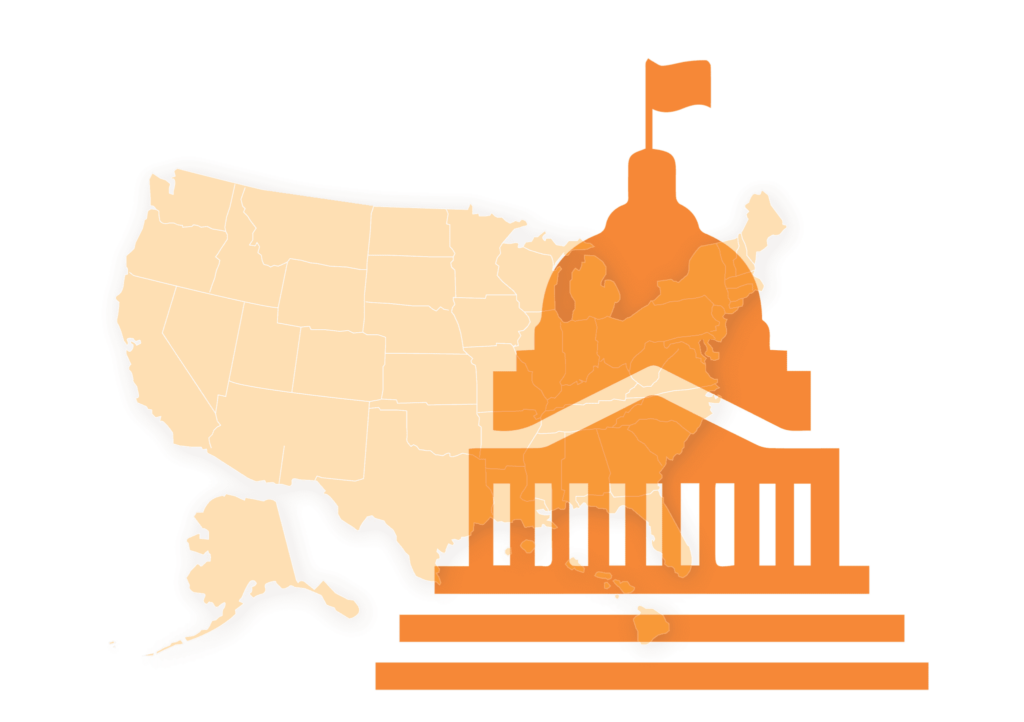RE: Request for Information Regarding the Implementation of Maintenance of Equity Provisions in the American Rescue Plan Act of 2021 (Docket ID: ED-2021-OESE-0115)
Question 1: The Department is aware that each State’s K-12 education funding system is unique and that State-specific considerations may impact how an SEA implements MOEquity requirements in a manner that is both meaningful and meets the technical requirements of the ARP Act. What types of State-specific considerations (e.g., funding mechanisms, definitions of revenue sources, etc.) are relevant to the implementation of the State and local MOEquity provisions? What types of barriers exist to implementing the MOEquity provisions due to the State-specific approach to education funding? How might guidance or potential rulemaking account for unique State education finance systems so that State MOEquity implementation will be consistent with the goal of maintaining equity?
Response: The power of the MOEquity provisions is in their ability to protect high-need schools and districts from funding cuts due to the inequities that are ingrained in too many state and district funding systems and practices. When assessing if states and LEAs have met the MOEquity requirement, it is important to understand whether reductions in funding for high-poverty schools or districts are due to the structure of the funding system rather than fluctuations in other inputs, such as student enrollment.
We believe that MOEquity was intended to protect high-need and high-poverty districts from funding cuts that occur because, for example:
- the system addresses funding shortfalls by cutting a flat percentage of state funding across districts, resulting in larger cuts per student for high-poverty districts that receive more state funding, or
- allocations outside the main formula undermine the equity-focused intent of the main formula.
The pandemic has exacerbated inequities that we already knew existed — particularly for the communities served by the same schools and districts that the MOEquity provisions aim to protect from disproportionate funding and staffing cuts (that are not due to enrollment changes). This is the time to double down to ensure that those communities have the resources they need to support students’ instructional; social, emotional, and academic; nutrition; and safety needs. If state funding decisions result in allocations that would violate the MOEquity requirements, then those states should be held accountable for ensuring high-poverty or high-need districts do not experience per-pupil funding cuts.
Question 2: The Department recognizes that LEAs with small enrollments may exhibit greater annual variation in per-pupil funding and other calculations based primarily on their size. How might this issue be addressed to ensure the small size of an LEA does not render year-over-year comparisons unreliable, so that State MOEquity implementation will be consistent with the goal of maintaining equity?
Response: We appreciate that ED’s current FAQ on MOEquity allows some flexibilities to account for fluctuation in per-student measures due to shifts in enrollment in small LEAs, including flexibility to:
- use the enrollment counts that most closely align with the counts used to determine funding or resource allocation, and
- determine that a state has maintained equity for small LEAs within a fact-based “tolerance level.”
To improve consistency across states and ensure the ‘tolerance level’ flexibility aligns with the goals of MOEquity, we recommend that ED provide additional guidance on how a state may analyze its data to determine the tolerance level and how a state may determine a reasonable maximum tolerance level based on that analysis.
Question 3: MOEquity requires comparisons of “per-pupil funding.” Please identify any considerations that are relevant to implementation related to enrollment data and funding sources used in determining per-pupil funding. Are there safeguards that should be considered to ensure that State-specific enrollment methodologies do not distort per-pupil funding levels (e.g., the use of hold harmless provisions or rolling averages)? Since MOEquity calculations are important to inform budget allocation decisions, what data are SEAs and LEAs most likely to have available and rely on for conducting initial MOEquity calculations?
Response: The pandemic upended enrollment for the 2021-22 school year, and it is likely that schools and districts will continue to experience unusual shifts in enrollment in the 2022-23 school year. As such, we recommend that ED extend all flexibilities offered to SEAs and LEAs for meeting MOEquity requirements from FY 2022 into FY 2023.
Question 4: LEAs may be exempted from MOEquity requirements per the ARP Act based on “exceptional or uncontrollable circumstance[s].” What factors should the Department be aware of related to the types of exceptional or uncontrollable circumstances, both specific to FY 2022 implementation and, more generally, to ensure that such exceptions do not contradict the intent of the law and are consistent with the goal of maintaining equity?
Response: Existing MOEquity guidance describes not experiencing a reduction in state and local funds as an exceptional circumstance that justifies an exemption from the local MOEquity requirement for FY 2022. We believe this is a helpful exemption that enables ED to focus monitoring on ensuring that highpoverty schools do not disproportionately shoulder the burden of funding or staffing cuts. Thus, we urge the Department to apply this exemption in FY 2023 so that LEAs that are not experiencing funding cuts continue to be exempted from MOEquity requirements.
The existing guidance also recognizes exceptional circumstances such as increased one-time expenditures in the base year, volatility in year-over-year changes in very small schools, or significant reductions in expenses because a school no longer supports high-cost needs for a student. We agree that these examples represent exceptional or uncontrollable circumstances, which may exempt an LEA from the requirement. We appreciate that ED has not suggested that shifts in per-pupil funding due to staffing changes (that are not the direct result of changes in student need), such as a more experienced and higher-paid teacher being replaced by a lower-paid teacher, do not represent exceptional or uncontrollable circumstances.
Question 5: The purpose of the MOEquity provisions is to ensure that schools and LEAs serving large proportions of underserved groups of students—including students from low-income families, students of color, English learners, students with disabilities, and students experiencing homelessness—receive an equitable share of State and local funds as the Nation continues to respond to the COVID-19 pandemic’s impact. In light of this purpose, what other information or related issues should the Department consider to ensure that the purpose of the MOEquity provisions are achieved?
Response: We appreciate ED’s focus on ensuring that schools and LEAs serving large proportions of underserved groups of students receive an equitable share of state and local funds as we recover from the pandemic. State, district, and school leaders are facing increased burdens as they meet the social, emotional, and academic development needs of students, address unfinished instruction, and ensure the safety of students and educators in school buildings. In light of that, we recommend that ED carefully consider additional requirements to facilitate monitoring and enforcement of the state and local MoEquity requirements, balanced with a review of all of the other new and existing data collection requirements (e.g., the ESSER use of funds data collection and the 2021-22 Civil Rights Data Collection).






 July 30, 2021 by
July 30, 2021 by